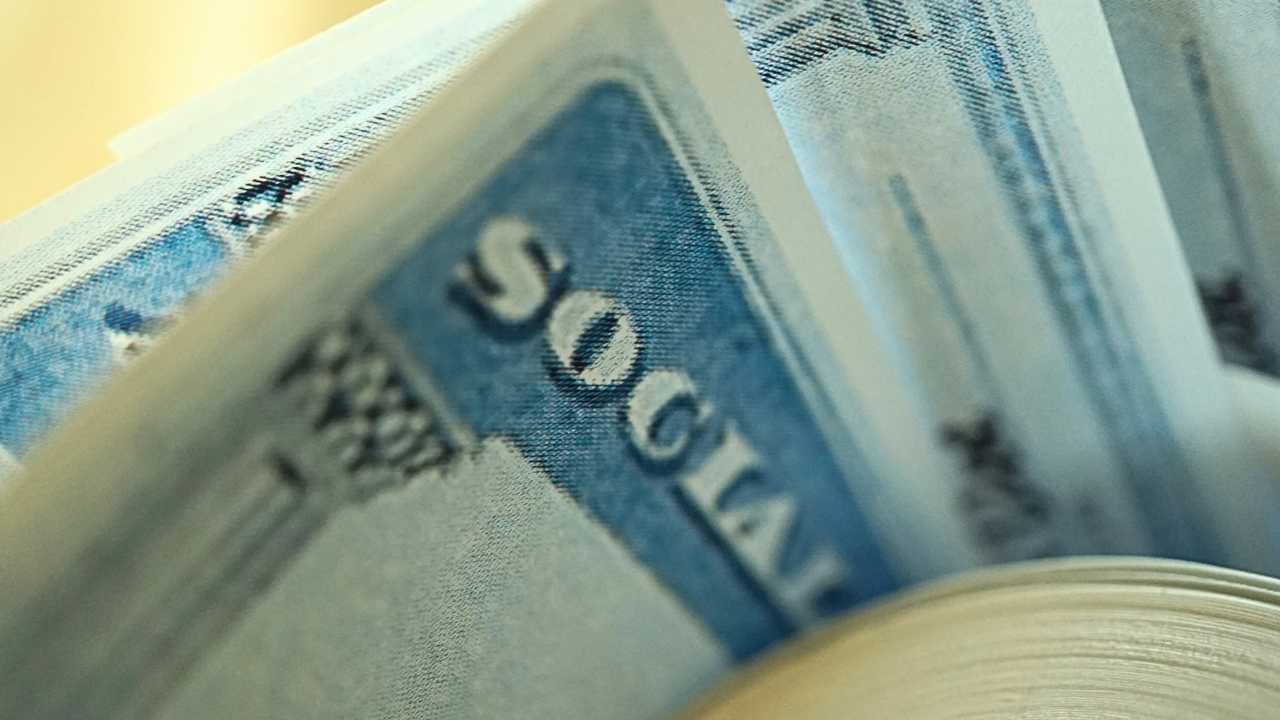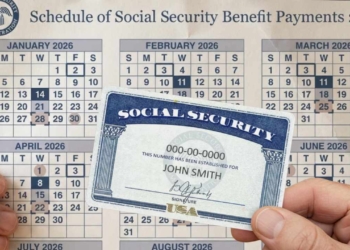The Social Security Administration (SSA) is nearing completion of its August 2025 payment schedule, which has deposited benefits for more than 72.8 million Americans. This large number includes retirees (and the surviving family members of those who have died), Supplemental Security Income (SSI) recipients, and disabled workers living under the SSDI program.
Each month, there are five distinct rounds of payments, starting with SSI on the 1st, then other benefits deposited on the 3rd, and then three large groups of payments for Social Security and SSDI beneficiaries based on their birthdates. These receive their money on the second, third, and fourth Wednesdays of the month.
Last August’s Social Security payment arrives this week
As you read in the previous paragraph, the majority of Social Security beneficiaries are grouped into three groups based on their date of birth, and their payments are assigned to the aforementioned Wednesdays, according to this logic:
- Beneficiaries with birthdays from the 1st to the 10th: receive funds on the second Wednesday.
- Beneficiaries with birthdays from the 11th to the 20th: receive funds on the third Wednesday.
- Beneficiaries with birthdays between the 21st and 31st: receive funds on the fourth Wednesday.
The first Wednesday was August 13, the second was August 20, and the fourth is August 27, which is this week.
With this final deposit, the monthly payment cycle is complete, and beneficiaries are now preparing for the September payment dates, with one important caveat: the SSI payment will not arrive on September 1 (the Labor Day holiday), but will be advanced to August 29.
Maximum Social Security and SSI benefits you could expect
First and foremost, the amount a retirement beneficiary can receive depends largely on their work history, but also on the age at which they decide to retire and begin claiming their payments. Let’s look at the following list to find out how much the maximum is, based on the starting age:
- Full retirement (full age, 66-67 years): $4,018 per month.
- Early retirement (62 years): $2,831 per month.
- Delayed retirement (70 years): $5,108 per month.
- Disability (SSDI): $4,018 per month (maximum, similar to full retirement).
For beneficiaries who were allocated SSI payments, the maximum amount per individual is $967, while for a couple living together and applying for payments jointly, the cap is set at $1,450.
For an essential person (caregiver or person living with the beneficiary), there is a maximum allowance of $484 per month. SSI benefits are funded through general taxes and do not require work history, unlike Social Security benefits.
What to do if my Social Security payments didn’t arrive
Before calling the SSA, check that everything is correct with your bank, that there are no administrative issues beyond the agency’s control, and that your billing information is up-to-date with the SSA. If everything seems normal there, it’s time to call.
Dial 1-800-772-1213, Monday through Friday, between 8:00 a.m. and 7:00 p.m. (local time). For people with hearing impairments, use TTY 1-800-325-0778. Otherwise, log in to your account online at my Social Security (www.ssa.gov/myaccount) to check your payment status or report a problem.
Visit an SSA office if you prefer in-person care. Bring identification and documents related to your benefit. Note: Some offices may require an appointment, so please call ahead to verify.







